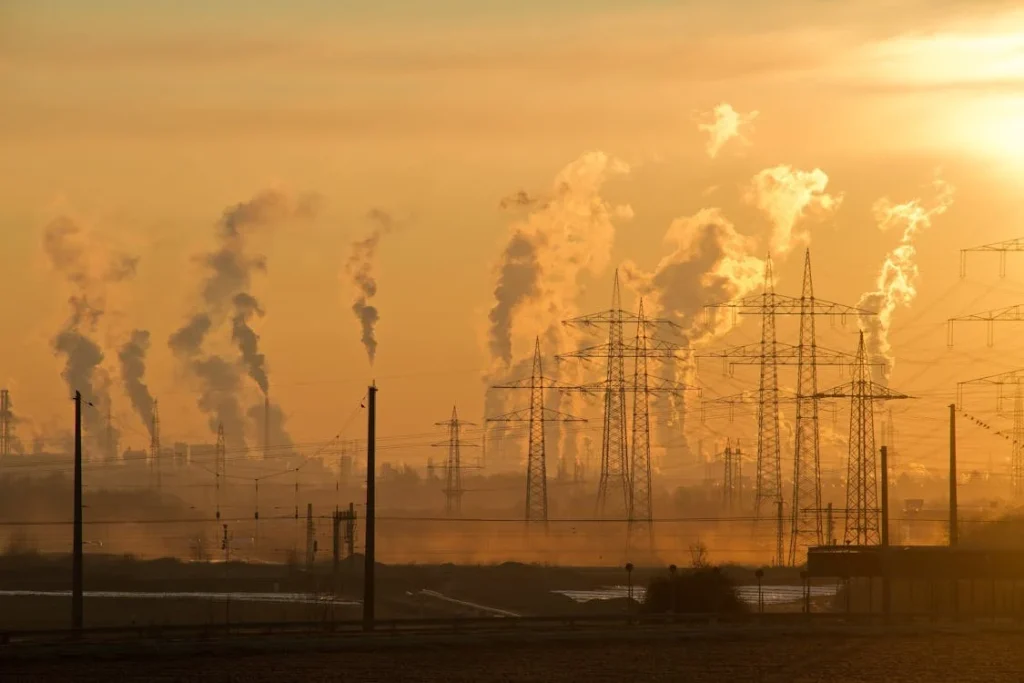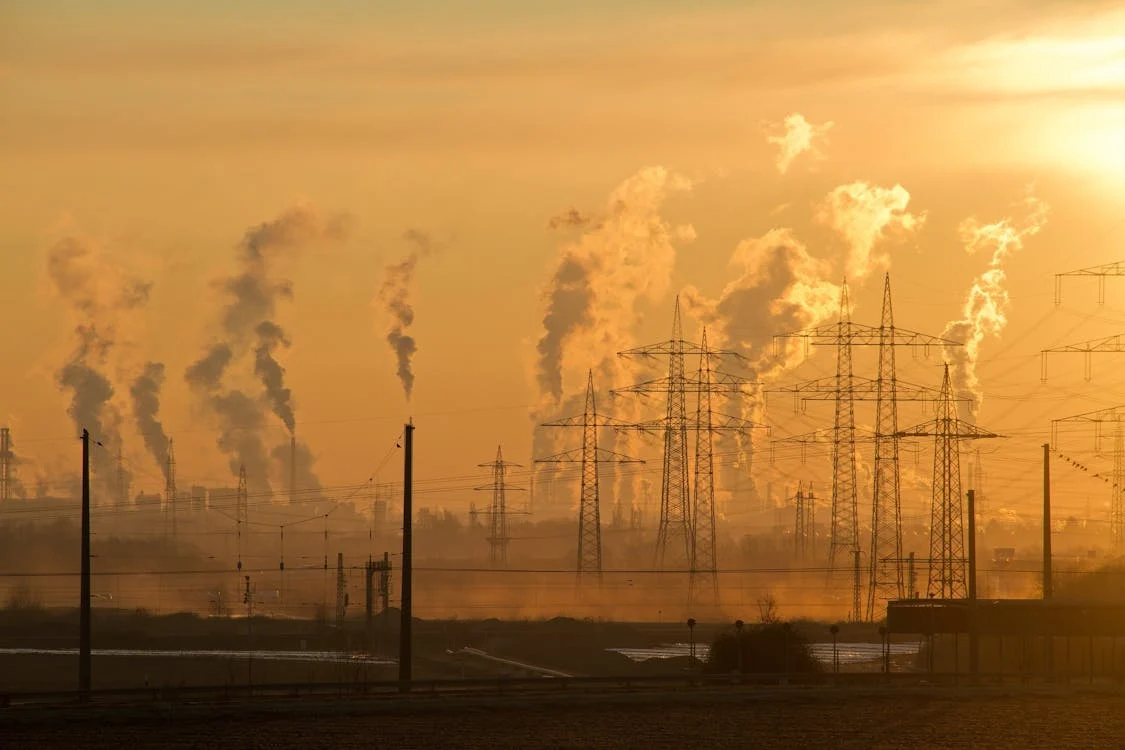Delhi Air is seeing some of its worst pollution levels this season, and the city’s air quality is still getting worse. The city’s Air Quality Index (AQI) skyrocketed to a startling 481 on November 18, 2024, putting it in the “severe-plus” category—a level that significantly above the already hazardous “severe” threshold. Delhi’s pollution problem is not a singular occurrence; it is a component of a broader regional problem that impacts a vast portion of South Asia, with dangerous air quality also present in nearby cities like Lahore and Dhaka.
Reasons for the Delhi Air Quality and Air Pollution
The severe decline in Delhi air quality has been caused by a number of factors. The main contributors include industrial activity, automobile emissions, and farmers’ seasonal burning of crop waste in nearby states such Haryana and Punjab. Delhi’s already high pollution levels are made worse by the habit of burning stubble, which puts a lot of particulate matter into the atmosphere.
In addition, adverse weather conditions have contributed. Pollutants have been kept close to the ground by low wind speeds and thick fog, which has stopped them from spreading. Residents now live in a dangerous environment due to the combination of these elements, especially during the peak pollution hours of early morning and late evening.
Effects on Health of Delhi Air
This pollution bring of Delhi Air catastrophe has serious repercussions, especially for vulnerable populations including children, the elderly, and people with underlying medical illnesses like heart disease or respiratory disorders. High particulate matter (PM2.5 and PM10) exposure can cause short-term health problems such coughing, eye irritation, and breathing difficulties, as well as chronic illnesses like heart disease, lung disease, and asthma.
Asthma attacks and other ailments linked to pollution are on the rise in many clinics and hospitals, and doctors have reported an increase in hospital visits for respiratory issues. According to the World Health Organization (WHO), air pollution causes over 7 million deaths globally each year, with Delhi bearing a disproportionate amount of this burden because of its continuously bad air quality of Delhi Air.

Government Reaction and Actions
The Delhi air government has implemented emergency measures in accordance with Graded Response Action Plan (GRAP) Stage-IV in response to the situation. When AQI readings surpass 450, the plan’s highest level of response is activated. One of these actions is to halt construction. activities, brick kiln closures, and limitations on the use of non-essential vehicles, especially trucks with diesel engines. In order to prevent youngsters from exposure, authorities have also limited outdoor activities, counseled individuals to spend less time outside, and suggested that schools transition to online instruction.
To enable citizens track the quality of the air in real time, the Delhi administration has also urged for the installation of more air filters and improved monitoring systems. Although these actions offer some short-term respite, experts contend that a longer-term, more sustainable approach is required to address Delhi’s ongoing air pollution issue.
Long-Term Issues and Resolutions
Delhi’s air pollution will need to be addressed from several angles. Since cars contribute significantly to air pollution, lowering their emissions is one of the main areas of focus. The city’sThe government has already put in place a program to encourage the use of electric cars (EVs), but more work has to be done to cut down on the number of vehicles that run on fossil fuels.
Waste management is another crucial area that needs to be improved. In Delhi and other Indian cities, burning trash outdoors is a prevalent practice that adds to the accumulation of harmful air pollution. Although the government has been making efforts to upgrade waste management infrastructure, there are still obstacles in the way of addressing this problem on a broad scale.
Delhi and its bordering states need to coordinate better in order to handle the regional issue of stubble burning. Programs have already been started by the central government to persuade farmers to embrace more ecologically friendly methods, like managing crop leftovers with bio-decomposers. But these initiatives have been sluggish to acquire traction, and a longer-term, permanent solution is necessary due to the problem’s seasonality.
In conclusion
Delhi’s air quality has deteriorated to dangerous levels, and the city is once again dealing with the negative effects of its pollution crisis on human health and the environment. Although the government has put emergency measures in place, these are only temporary solutions. A thorough, long-term strategy is required to address the underlying causes of pollution and guarantee a better, healthier environment for Delhi’s citizens. This include strengthening waste management procedures, cutting down on stubble burning, and upgrading transportation infrastructure. Delhi cannot expect to see long-lasting improvements in air quality unless everyone works together and puts forth consistent effort.
If you are interested for more: Delhi’s Air Quality Hits ‘Severe’ Levels Again – Express Buzz India Abbas Afridi: Unstoppable Rise of Pakistan’s Fast Bowler

